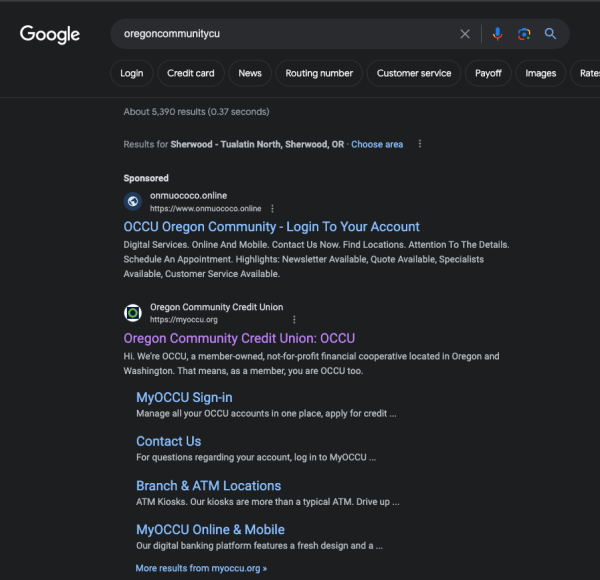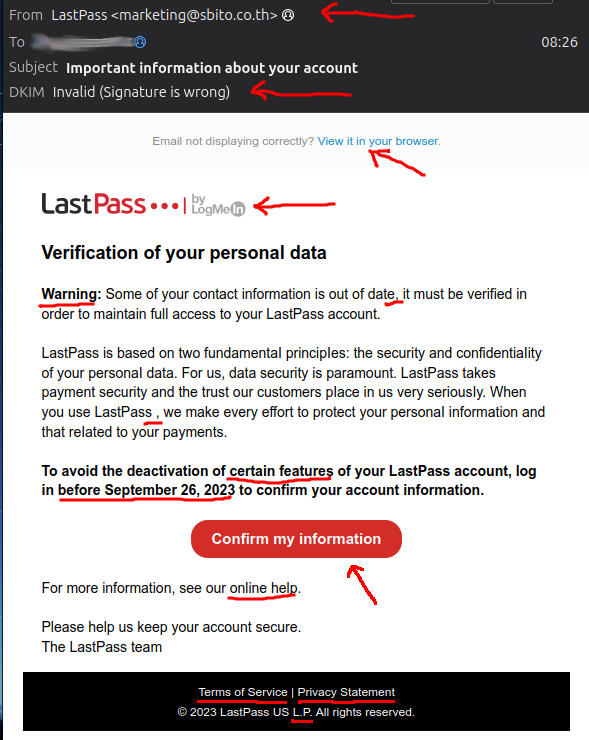Search
Items tagged with: phishing
I can't believe that this is still a thing, but if your risk model is noticeably impacted by the adversarial capability of _writing an email in the English language_ then I'm pretty sure your threat model is already broken.

NSA official: hackers use AI bots like ChatGPT to perfect English
NSA Cybersecurity Director Rob Joyce said the spy agency has seen hackers use chatbots like ChatGPT to perfect their English for phishing schemes.Kevin Collier (NBC News)
Didn't believe this was a thing until I actually saw it myself.
I bank at a small, local credit union. I recently cleared my autocomplete settings so plugged their name into #Google to get back to their homepage.
The Sponsored result IS NOT my bank's website. But is skinned the same. 100% a #phishing site served as a Google ad above the legitimate business website.
This is a major problem, my friends.
Read my article on the Tripwire blog:
https://www.tripwire.com/state-of-security/ai-generated-phishing-attacks-are-becoming-more-convincing
#GPT3 #cybersecurity #phishing #businessemailcompromise
AI-generated phishing attacks are becoming more convincing | Tripwire
It's time for you and your colleagues to become more skeptical about what you read. That's a takeaway from a series of experiments undertaken using GPT-3 AI text-generating interfaces to create malicious messages designed to spear-phish, scam, harras…www.tripwire.com
We discuss why deleting your Twitter account may be a very bad idea, how the police unravelled the #iSpoof fraud gang, and take a trip into interplanetary file-systems.
Find "Smashing Security" in your favourite podcast app, or listen at https://www.smashingsecurity.com/300
Thanks to everyone who has listened, appeared on the show, or supported us! 🙏
#cybersecurity #twitter #ipfs #phishing #privacy
300: Interplanetary file systems, iSpoof, and don't delete Twitter
Why deleting your Twitter account may be a very bad idea, how the police unravelled the iSpoof fraud gang, and a trip into outer space (or at least interplanetary file systems).Smashing Security




